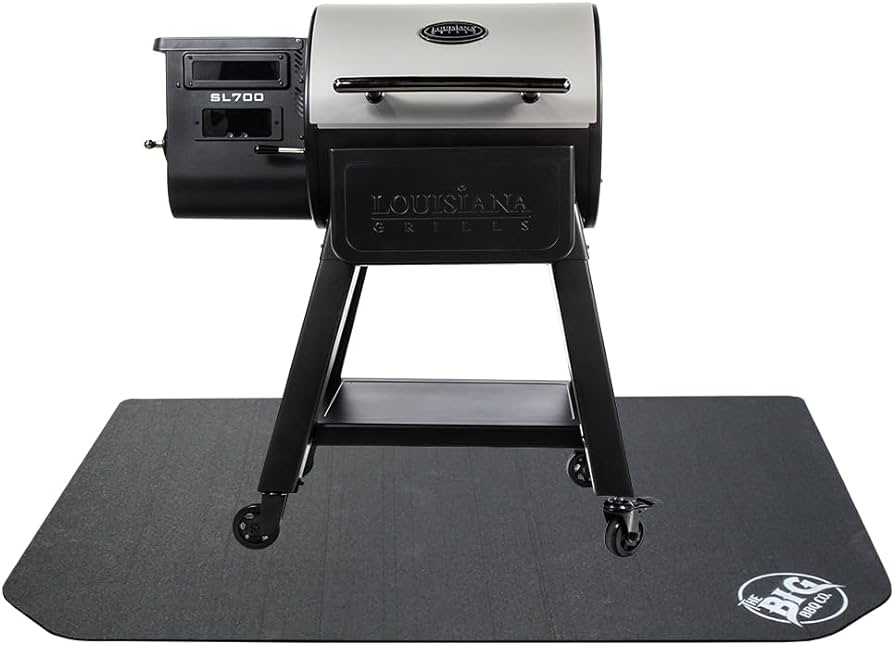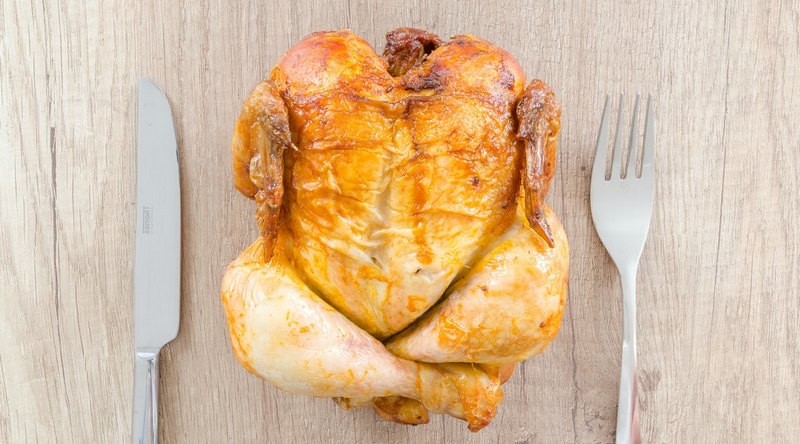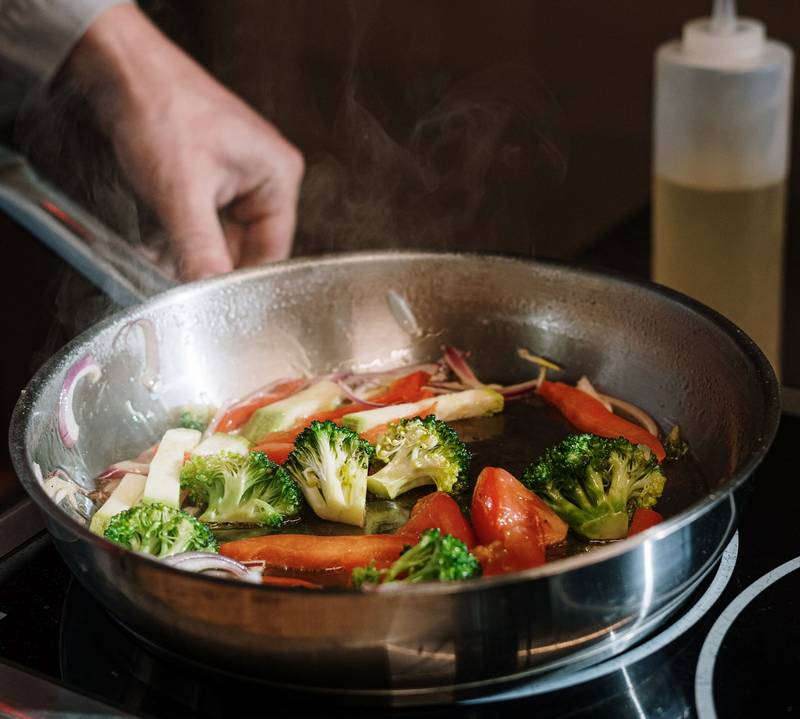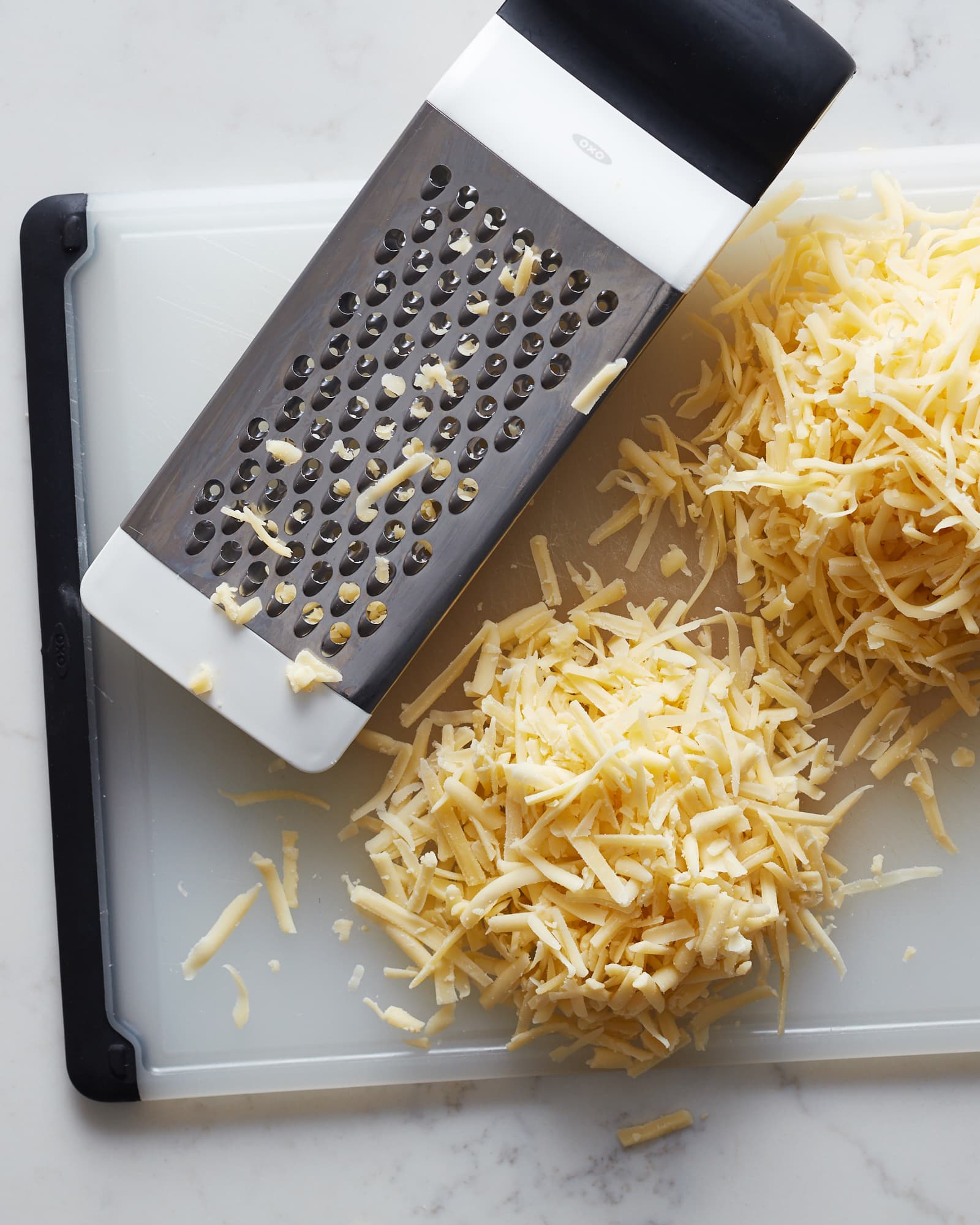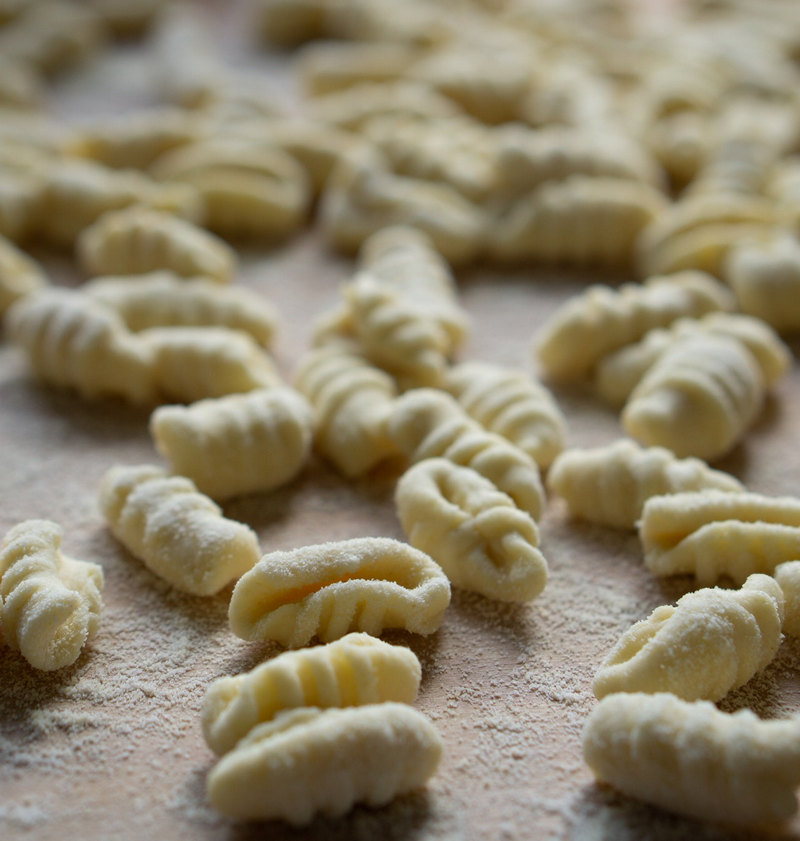How To Reheat Krispy Kreme Donuts?
Talk of donuts that help to achieve the dreams. Krispy Kreme donuts could stay very good for some time after it has been purchased and it will look like they won’t ever dry. They are a perfect sweet glaze, soft, and air-filled mix and they are of multiple flavors. You can purchase your Krispy Kreme […]
Continue Reading

